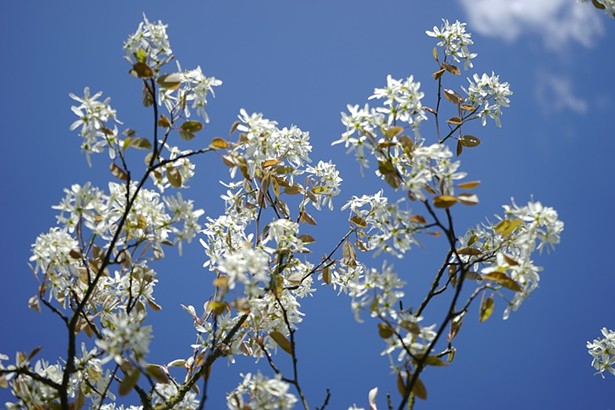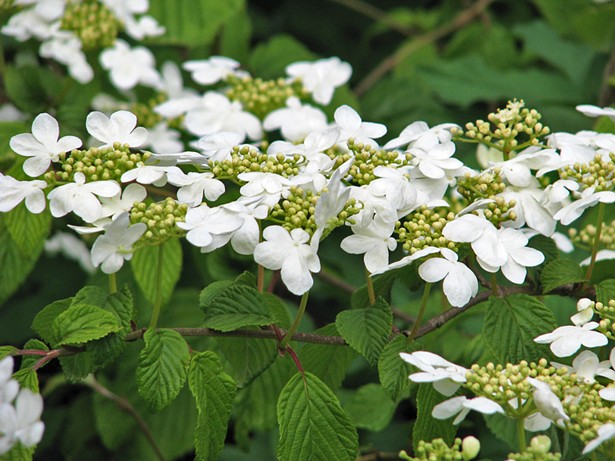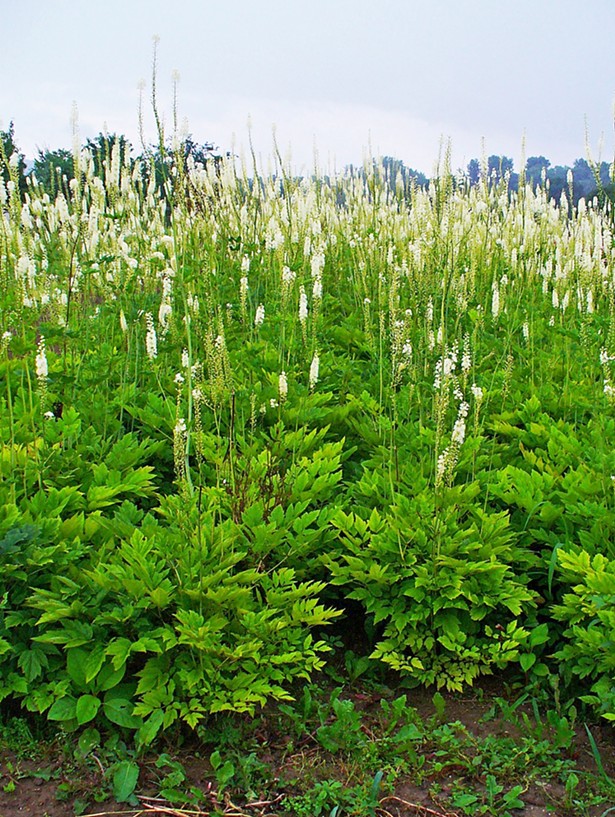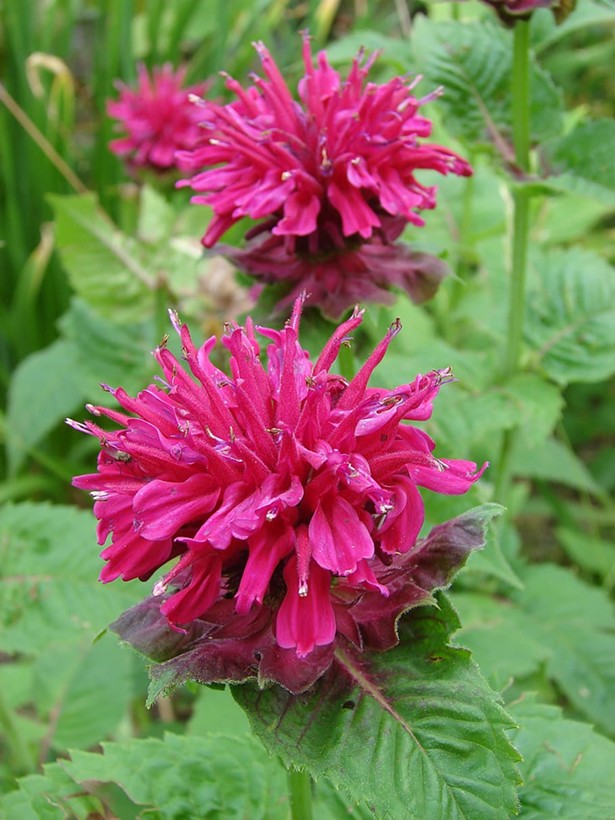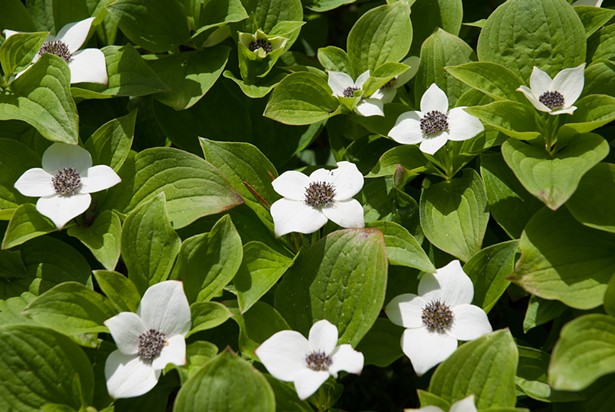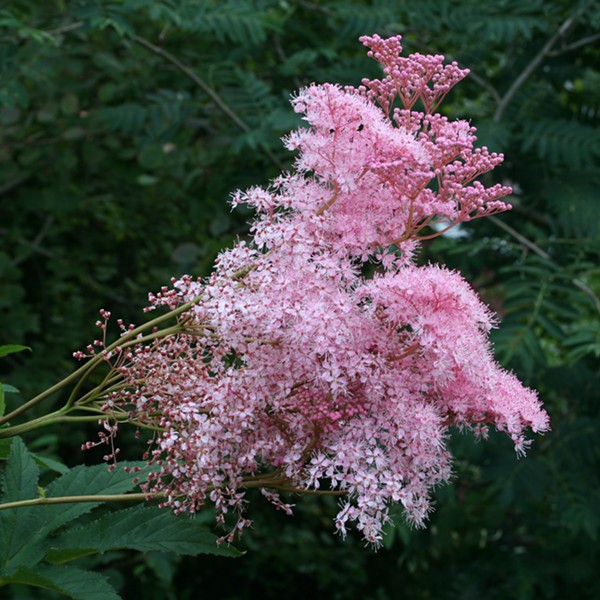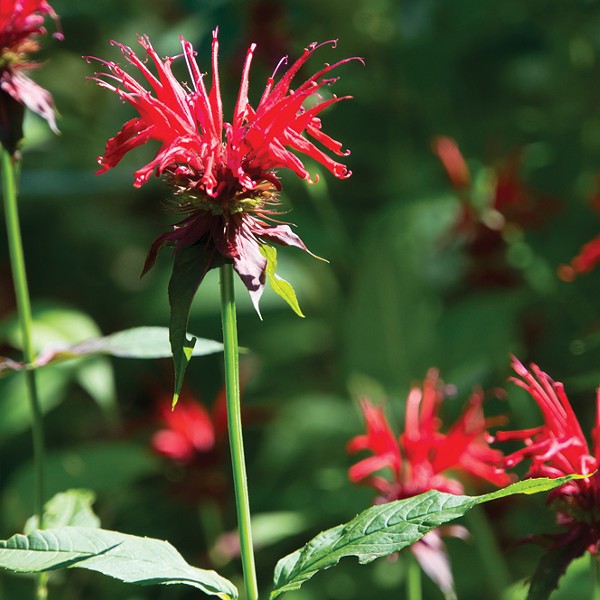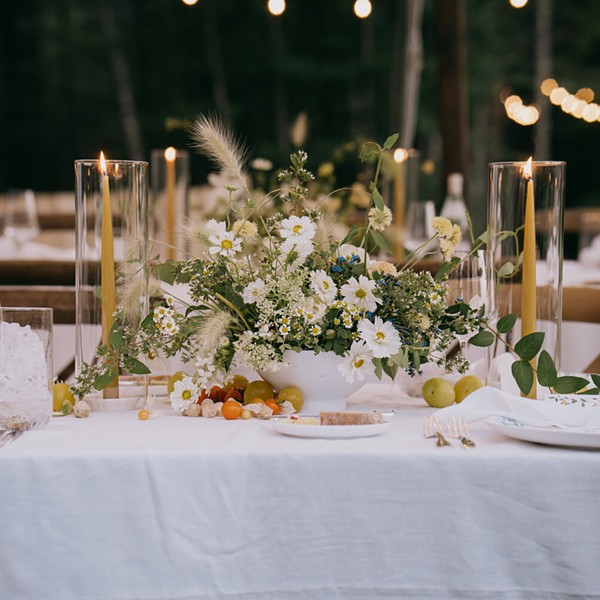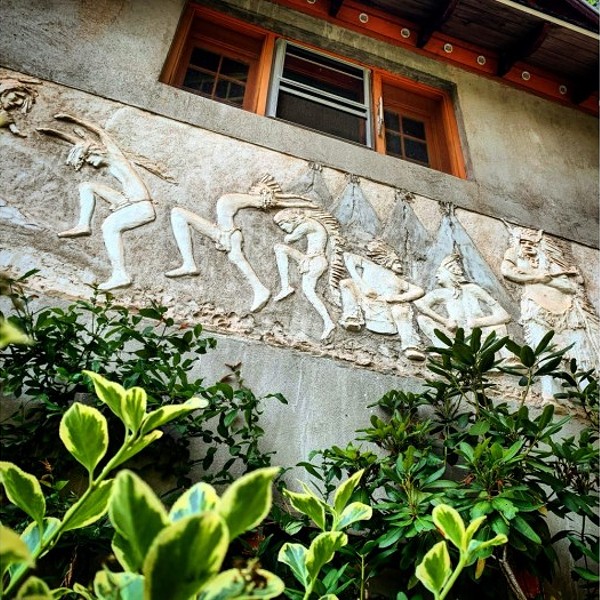With so many of us hunkering down at home, a variety of at-home activities are experiencing an inspiring surge of interest. And with spring in bloom in the Hudson Valley, it’s only natural for our attention to turn to gardening in the great outdoors.
When choosing plants to add to your garden this season, John Messerschmidt, owner of Hudson Valley Native Landscaping, recommends selecting plants that are native to our region. Given their long history in the region’s ecosystem, these plants exist in a web of beneficial relationships with other plants, animals, and insects that non-native plants don’t.
“Over the last 25 years I’ve seen invasive plants gradually taking over the yards and forests of the Hudson Valley to where they now outnumber native plants,” he says. “As a result, pollinators like bees and butterflies and bird populations critical to the health of the planet are falling fast.”
Planting native plants in your backyard can help attract those pollinators and restore balance in your local ecosystem. “Choosing native plants gives you the opportunity to have beautiful gardens and contribute to nature in a fundamental way,” he says. “We’re not separate from nature. We’re a part of it.”
Below are the top five native plants Messerschmidt recommends adding to your Hudson Valley garden this season.
Shadblow Serviceberry
Doublefile Viburnum
One of his favorite shrubs is the doublefile viburnum, though any type of viburnum is a great choice. This variety has beautiful clusters of white flowers in the summer, gorgeous fall colors, and its branches add an interesting shape to your landscape in the winter. “They just keep giving.” he says.
Black Cohosh
Monarda
Creeping Dogwood








